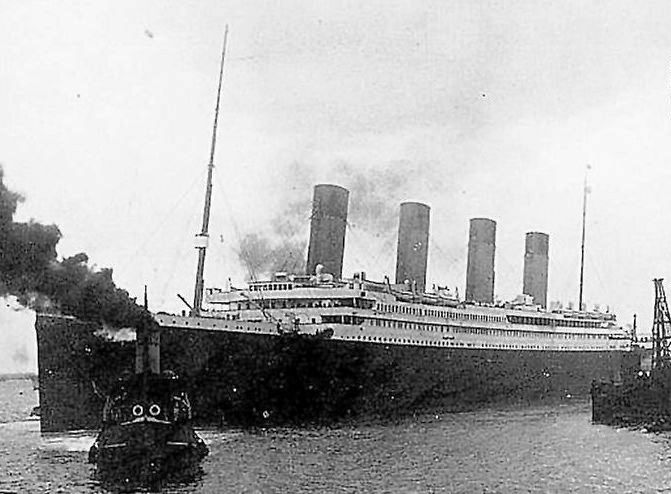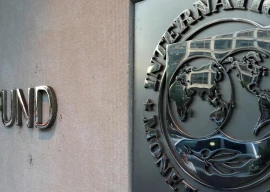
Bacteria normally help preserve wrecks but scientists believe that microbes now found on the Titanic, deep in the Atlantic Ocean, are eating it slowly and will make it vanish in just 14 years.
 The shipwreck of Titanic which was found in 1985.
The shipwreck of Titanic which was found in 1985.Titanic sank due to raging blaze, not iceberg: experts
The rusting hulk was discovered in 1985 by Robert Ballard, an oceanographer at the University of Rhode Island, when he was involved in a secret mission with US Navy to locate the wrecks of two US nuclear submarines sunk during the Cold War. The Titanic was surprisingly found between the US Navy ship wrecks.
When it was found, the wreck was preserved 3.8km below the surface where conditions make it almost impossible for most life. The corrosion was slowed down then. However, today after some 30 years, the shipwreck is plagued by a metal-munching bacteria, eating away what remains of it.
More shocking is the fact that the species of bacteria found on the wreck turned out to be brand new to science. Mann and her colleagues named it Halomonas titanicae after the ship.
15 stunning images from the 2017 Underwater Photographer of the Year contest
Halomonas titanicae can survive in extreme conditions which are inhospitable to most life owing to pitch-black water and crushing pressures. The unforgiving bacteria will soon completely eat away the historical remains of the ship found years ago.
Interestingly, a British tour company has offered people a chance to join an exclusive group who has visited the Titanic at the bottom of the Atlantic Ocean.
Beginning in May 2018, London-based Blue Marble Private will run eight-day trips for nine people at a time to the site where the doomed ship sank, according to The Compass. The trip will roughly cost $145,000.
Guided by a crew of experts, people will view the deck and grand staircase of the decaying vessel.
The Titanic collided with an iceberg on April 14, 1912, four days into its maiden voyage from England to New York City, and sank in two hours.
This article originally appeared on the BBC.

















1716141490-0/image-(28)1716141490-0-270x192.webp)
















COMMENTS
Comments are moderated and generally will be posted if they are on-topic and not abusive.
For more information, please see our Comments FAQ